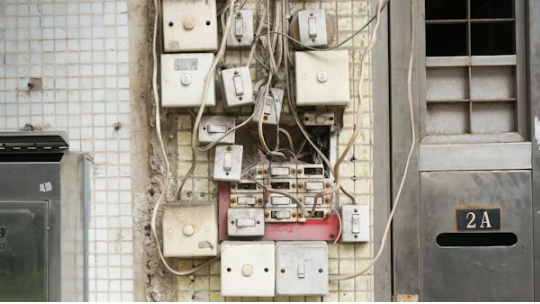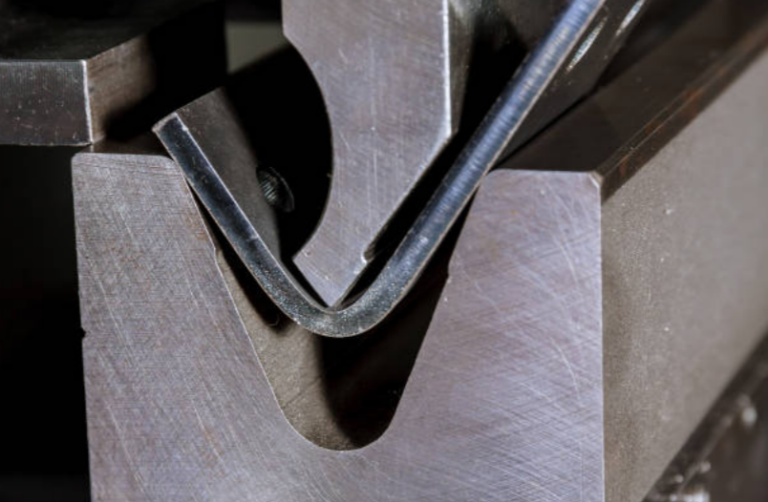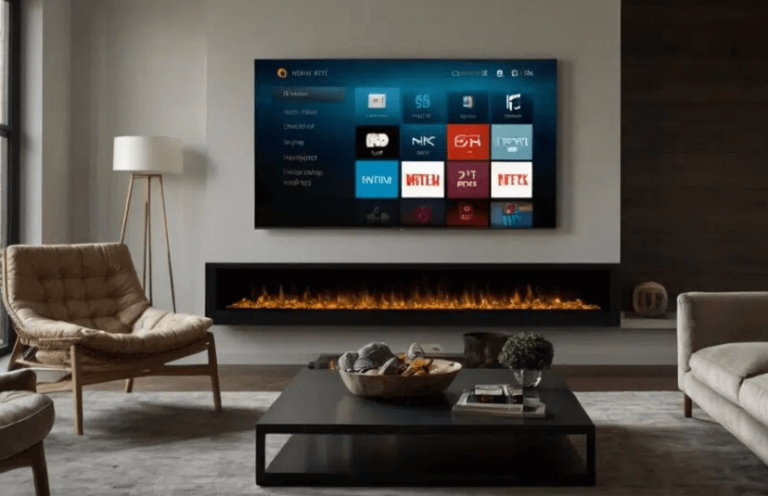Selecting the Optimal DC Switch for Solar Array Safety and Efficiency

As the commercial solar market continues to mature, installers and operators must focus on components that maximize reliability, minimise risk, and extend asset life. The DC switch, frequently sidelined in procurement discussions, actually serves as a linchpin in that strategy. For commercial stakeholders, the ability to choose a suitably rated, well-placed switch directly translates into reduced risk of downtime, assured compliance with the latest safety codes, and sustained peak energy production. Further, an effectively gated DC switch also smoothes downstream integration with EV charging infrastructure, allowing firms to marry supply, storage, and charging into a cohesive energy management platform. The following guidelines distill the selection process into tangible steps for project decision-makers.
Clarifying the Function of DC Switches in PV System Design
A commercial solar installation is, at its core, a highly managed flow of DC electricity, and the DC isolator directly governs that flow. Any interruption, whether to prevent an arc under a string fault or to enable isolated conditioner servicing, must happen with zero risk of explosion or contact burn. Specifically, PV DC switches execute the following roles:
- Safety Assurance: The isolator enables a clear and visible break in the circuit, permitting technicians to approach modules, inverters, and balance systems with verified assurance of zero electrical danger.
- Component Safeguarding: Reliable DC switches shield inverters, batteries, and other sensitive circuitry from over-voltage and over-current events, preserving the integrity of the entire system.
- Regulatory Alignment: Most electrical codes stipulate the presence of dependable DC disconnects. Compliance not only avoids fines but also reinforces installing organizations’ reputations.
When businesses integrate solar canopy systems with EV charging stations, the charging infrastructure must work in lock-step with the renewable generation hardware. The DC disconnect, often overlooked, serves as the frontline protector in the event of reverse current or system anomalies, drastically reducing the chances of overheating or surges.
A Systematic Approach to Sizing DC Switches
Merely acquiring the largest or cheapest disconnect is a false economy. Rigorous analysis of electrical demands, mechanical longevity, and environmental exposure is crucial:
- Rated Voltage and Current: Solar racks frequently exceed 1000 volts in commercial deployments. A switch must exceed the system’s peak voltage and current to guarantee arcing is contained and blades are not welded together in service.
- Fault Breaking Duty: The device’s interrupting rating must exceed the worst-case fault contribution. A component unable to bridge this gap will become the system’s weakest link, potentially escalating maintenance costs and selection of other upgrade components.
- Lifespan in Tough Conditions: Manufacturing settings call for DC circuit breakers designed for non-stop cycling and exposure to heat swings, airborne contaminants, and dampness. Check both mechanical and electrical durability data before the final spec.
- Control Options: Some models provide local toggle, while others accept commands over the network. In modern microgrid configurations geared toward high-density EV charging, the latter reduces manual wear and makes the node more responsive to centralized management.
Evaluating these attributes helps maintain the solar system’s uptime and maximizes the synergy with adjacent gear, like high-power wall-mounted chargers.
Collaboration with Inverters and Control Layers
DC disconnects cannot be a blind add-on; they operate at the interface between collectors, inverters, and centralized supervisory layers. Commercial rooftops execute a DC-to-AC inversion to ready the flow for facilities or for grid feed. An improperly rated or mismatched breaker saps margin and can trip the fire marshal’s fuse.
A deployment that folds in a DC fast EV charging station doubles the oversight task. Harmonization between breaker time constants, inverter anti-islanding response, and the load-levelling algorithm for the charger enables:
- Ganged steering of energy to optimize inter-panel power, buffered storage, and the carpark in real-time.
- Limit charging-induced downtime and deflect power spikes whenever multiple stations feed simultaneously.
- Provide 24/7 visibility and alarm diagnostics so operations run smoothly and maintenance efforts are laser-focused.
Neglecting the relationship between DC isolators and multiple DC fast chargers can trigger unscheduled outages, stealth maintenance snarls, and diminished solar output sooner than expected.
Environmental and Compliance Considerations
Solar plants serving commercial fleets frequently sit in harsh environments. The DC isolator must stand up to elevated temperatures, moisture, airborne particulates, and possibly corrosive tidal breezes, depending on the site. Meeting the region’s electrical safety codes, meanwhile, is mandatory and cannot be deferred.
Essential compliance items include:
- Ingress Protection (IP) Rating: Guarantees the isolator will resist blown grit and the planned volume of rain, even on horizon-hinged, pole-mounted cabinets.
- Electrical Conformance: Registration to IEC 60947, UL certification, or equivalent satisfies both safety and market access demands.
- Thermal and Mechanical Stability: The isolator must absorb the daily range between hottest sun and coolest night and shrug off vibration from truck traffic or aviation corrugated shaping.
Selecting equipment that fulfills these criteria secures personnel safety, in-service reliability, and lower whole-life cost. This reliability is especially useful at sites where solar and EV loads are cumulatively high, because proven isolators concurrently minimize the chance that grid or back-to-solar transfers will cascade into faults.
Read Also: The Use of Detection Technology to Combat Synthetic Media
Maintenance, Monitoring, and Reliability
Cutting maintenance overhead while ramping up reliability is non-negotiable for anyone running a commercial solar plant. DC switches must accommodate inspections, testing, and service visits through simple, unobtrusive access routes that prevent the entire solar array from being taken offline. Adding a remote-monitoring interface has become a best practice—a web panel that shows live operational health and predicts impending component failures two or three weeks ahead, keeping surprises to a minimum.
Things get even tighter in sites that integrate an EV charger solution. The charging loads expect a steady, reliable DC waveform that a misbehaving switch could easily spoil, cascading problems to both the solar array and the charging bays. The math in selecting the switch is straightforward: higher mean time between failures and lower maintenance effort. The dividends are compelling:
- Fewer unscheduled service trips for maintenance teams.
- Longer, uninterrupted service for the solar generation and the EV charging circuits.
- Greater compliance to safety regulations that in turn slice operational risk, both to personnel and to equipment.
Picking a DC switch for the next twenty or thirty years centers on a single design criterion—one that marries rock-solid durability, maintenance simplicity, and a natural fit with the plant’s energy management stacks.
Conclusion
Choosing a DC switch is a make-or-break choice for anyone overseeing a commercial solar installation in a B2B setting. The right switch not only shields the capital outlay but also keeps you in step with the latest regulatory frameworks and enables frictionless co-deployment of high-demand technologies like EV charging hubs. Companies that assess electrical specs, environmental toughness, operational mode, and system coupling can elevate both the safety and productivity of their solar assets.
For commercial operators intent on coupling solar generation with electrified transportation, the commitment to a premium DC switch wire-savely prepares the architecture for the lattice of 21-century energy stewardship. Pair that switch with a powerful EV charger solution and the combined arrangement boosts reliability, shrinks the zone of operational surprise and catalyzes enduring environmental success.





